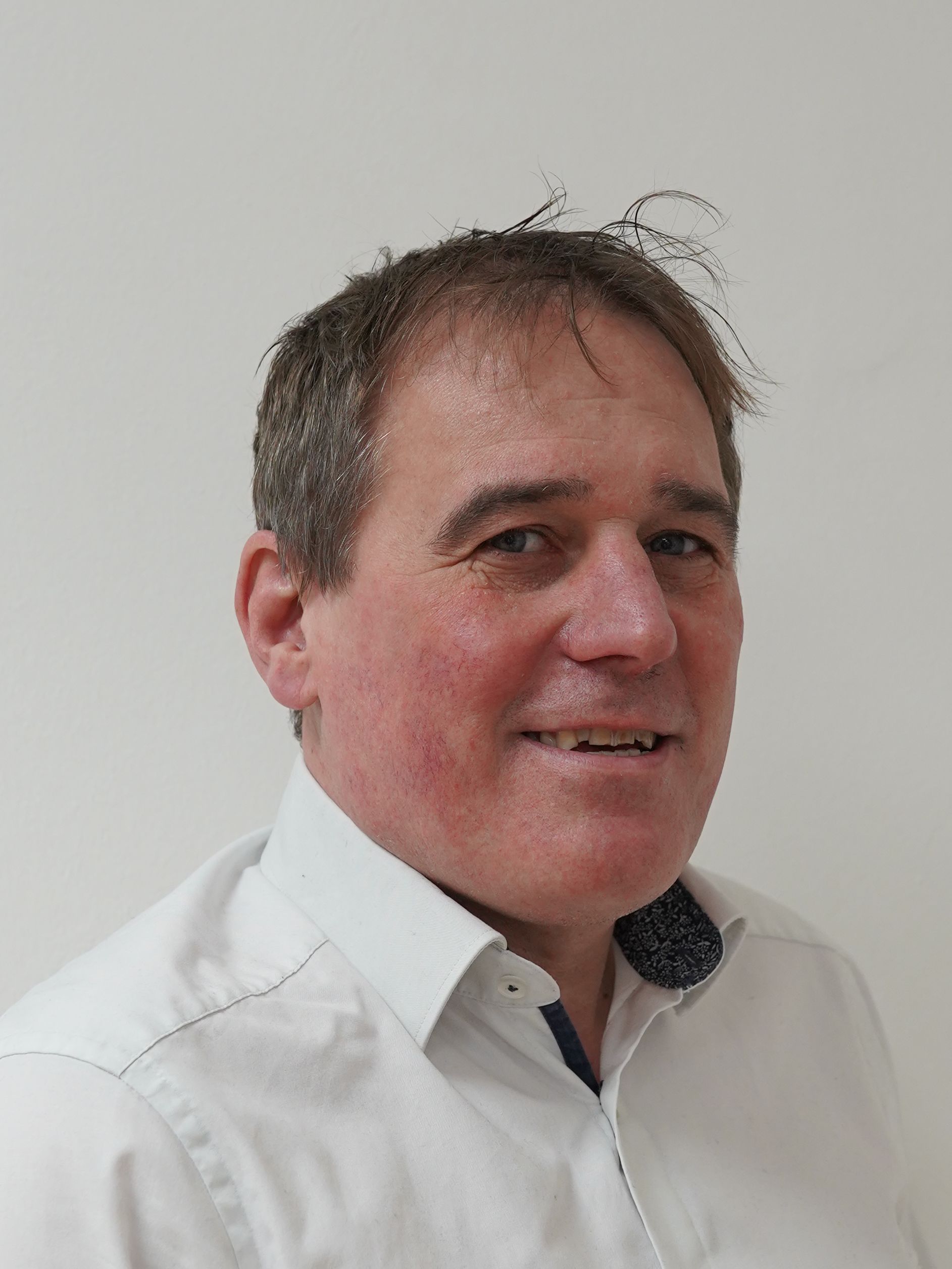Mr Staab, is the closed loop - i.e. using measurement and test results to optimise manufacturing processes - already a reality or still a vision of the future?
The Closed Loop is an implemented and proven reality in series production of all kinds for process control, process optimisation and process monitoring.
In which areas/sectors is this the most advanced?
For large series and component manufacturers (e.g. automotive, powertrain). Pioneers were also suppliers who determined the complete process, machining / tool data (offset data) and tolerance deviation for workpieces, assigned them and stored and used them in a retrievable form.
In addition, a trend was determined after operation by the actual values. From these findings, tool life was optimised and event-dependent interventions were made (e.g. offset data correction after correspondingly determined wear or direct correction of the processing machines). These processes usually run fully automatically with standardised interfaces of the respective manufacturers of measuring and processing machines as well as CAQ, process monitoring and CAD software manufacturers.
What hurdles still stand in the way of the Closed Loop? What are the biggest challenges to implementing a Closed Loop?
Define a common standard (interface and format) for corrections and output data. In some cases there are missing "infrastructure" process building blocks. Here WENZEL Metrology is ready to fill this gap with its own standard building blocks.
When/in which cases is the closed loop a desirable goal? When is it not? Which technologies are necessary for this? What is the effort behind it?
The closed loop is desirable for series production where consistent dimensional accuracy must be achieved. This is due, among other things, to the necessary interchangeability of parts of the same quality and class. It is not desirable for the production of one-offs or components that may need to be paired.
The effort is great in that online monitoring must be carried out in series, e.g. corrections and process interventions must be carried out automatically as soon as characteristics drift into a warning limit. This applies to upstream and downstream processes.
A large part of the effort consists of linking the corresponding machines and systems with each other from the beginning to the finished product via interfaces as well as communication technology.
Furthermore, the nominal and current information and results must be of high quality, traceable and reproducible. Likewise, the possibly different conditions of the production processes and production environments and their influences must be taken into account.

How does your company address the issue? What technologies does your company offer to enable a closed loop?
WENZEL Metrology offers its customers multiple process interfaces and integration options for all machines in its portfolio. In addition, the project teams take care of the entire process chain and integration, i.e. the implementation, according to the customer's requirements.
Thanks to this "know-how" and experience, the projects are then implemented using WENZEL standard tools, which, however, also allow the respective tailoring to special customer requirements.
Are they always turnkey, i.e. individual projects? Will closed-loop solutions also be available "off the shelf" in the future? In which areas would that make sense?
No, it is not always individual projects, solutions can also be transferred, since interfaces and components that are implemented are also used in other projects. In this way, projects become "series models". Off-the-shelf in so far as the same environment can be implemented almost one-to-one at other locations, providers. In reality, it often happens that a proven closed-loop process is then mapped to other, different production processes.
Are there practical examples in which the closed loop has already been implemented? What advantages do the customers have here?
Tools, processing machines and manufacturing processes are put together on the basis of values and specifications theoretically calculated during development.
The process is monitored by the tolerances defined from this. If, for example, several production lines are linked in parallel or one after the other, any necessary process optimisations can be initiated immediately or carried out automatically if the results are determined "online".
By automatically assigning the parts to the processing machine, its tools and/or moulds, these individual operations / process sections can also be optimised or corrected or, if necessary, replaced (e.g. wear that can no longer be corrected).
After the corresponding series runtime, findings from the process data results can also automatically flow back into the development in order to adapt the theoretical specifications to the actual conditions, if necessary, thus closing a closed loop.
Setting new standards together!
Become part of an innovative company that has remained young despite 50 years of tradition.
.svg)

WENZEL Group GmbH & Co. KG
Werner-Wenzel-Straße
97859 Wiesthal
Germany
Our WENZEL blogs provide you with technical know-how,industry insights and the latest information on technologies,events and everything related to WENZEL .